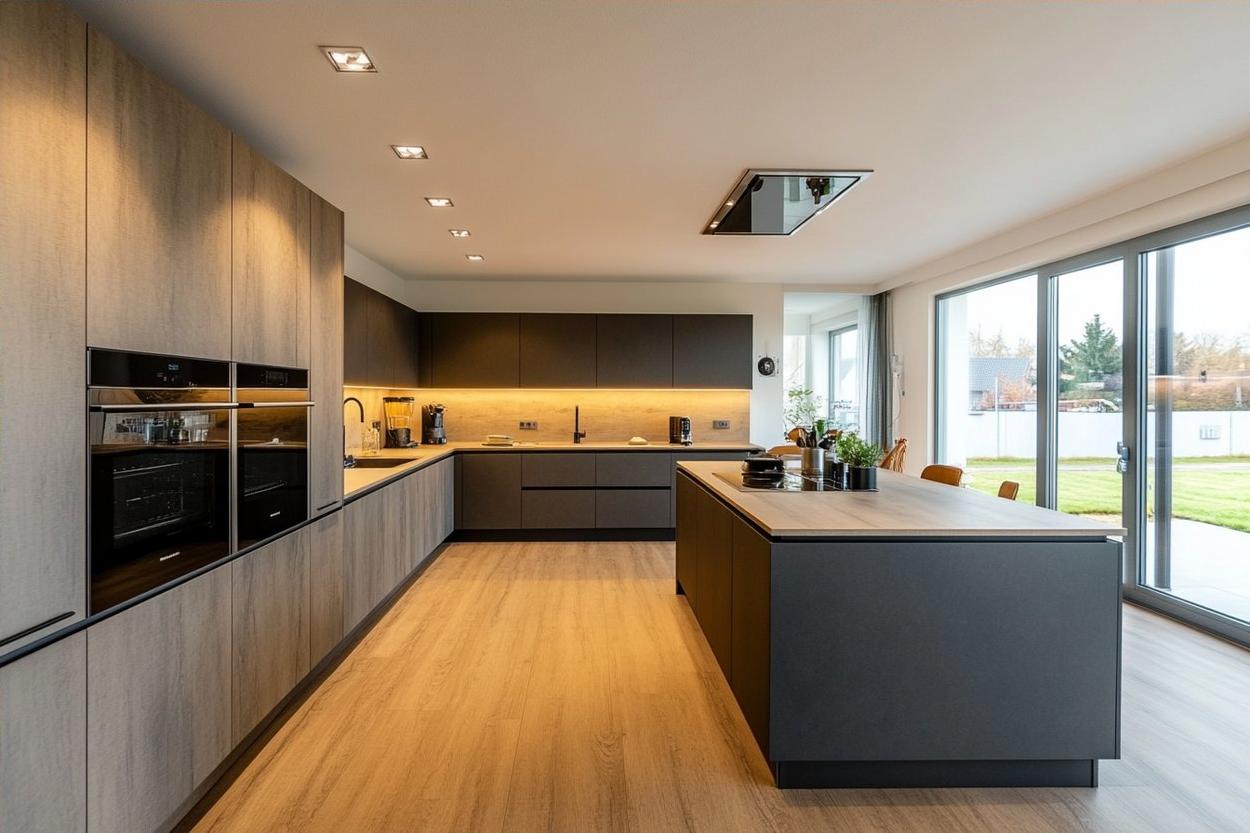Kitchens in Focus: What’s Behind Australia’s 2025 Renovation Boom?
Aussies are making thoughtful changes to kitchen spaces, with airflow, natural light, and function in mind. In 2025, kitchen remodeling balances lifestyle with energy-smart upgrades. See what’s influencing design choices from Sydney to Perth (World trends)

Why Australians are remodelling kitchens in 2025
The kitchen renovation boom stems from several converging factors reshaping Australian homes. Remote work patterns established during recent years have highlighted the importance of functional, comfortable spaces that serve multiple purposes. Many households now use kitchens as informal offices, homework stations, and social hubs beyond traditional cooking areas.
Property values across major cities have motivated homeowners to invest in renovations rather than relocate, with kitchen upgrades consistently delivering strong returns on investment. Additionally, aging housing stock in established suburbs requires modernisation to meet contemporary expectations for efficiency and style.
Energy-smart kitchen upgrades that make sense
Rising electricity costs have pushed energy efficiency to the forefront of renovation decisions. Induction cooktops are becoming standard choices, offering precise temperature control while reducing energy consumption by up to 50% compared to traditional electric elements. LED lighting systems with smart controls allow homeowners to reduce lighting costs significantly while improving task visibility.
Energy-efficient appliances rated 4 stars or higher are driving purchasing decisions, with many Australians prioritising dishwashers and refrigerators that minimise ongoing operational costs. Double-glazed windows and improved insulation around kitchen areas help maintain comfortable temperatures year-round, reducing reliance on heating and cooling systems.
Layouts that suit Aussie lifestyles
Open-plan designs continue dominating Australian kitchen renovations, reflecting our preference for casual, social living arrangements. The classic kitchen triangle is evolving into more flexible zones that accommodate multiple users simultaneously, particularly important for families juggling work-from-home schedules with daily routines.
Butler’s pantries and sculleries are experiencing renewed popularity, providing concealed storage and preparation areas that keep main spaces clutter-free during entertaining. Island benches remain central features, often incorporating breakfast bars that serve as informal dining spaces and social gathering points for busy households.
Modern kitchen designs inspired by the outdoors
Australia’s outdoor lifestyle heavily influences contemporary kitchen aesthetics, with natural materials and earthy colour palettes creating seamless transitions between indoor and outdoor spaces. Timber veneer cabinetry, stone benchtops, and brass or copper fixtures reflect our connection to natural environments while providing timeless appeal.
Large sliding doors and servery windows linking kitchens to outdoor entertaining areas have become essential features for many renovations. Native plant displays and herb gardens integrated into kitchen designs bring fresh elements indoors while supporting sustainable cooking practices that resonate with environmentally conscious homeowners.
Renovation trends gaining traction across Australia
Smart home technology integration distinguishes 2025 renovations from previous years, with voice-controlled appliances, automated lighting systems, and app-connected devices becoming standard inclusions. Touchless taps and sensor-activated storage solutions gained popularity initially for hygiene reasons but remain fixtures due to their convenience and modern appeal.
Sustainable material choices reflect growing environmental awareness, with recycled benchtop materials, low-VOC paints, and locally sourced timber increasingly common. Waste management solutions built into cabinetry designs, including composting systems and recycling stations, demonstrate how functionality can support environmental responsibility.
One fascinating trend emerging across Australian renovations involves incorporating dedicated coffee stations and wine storage areas, reflecting our café culture and wine appreciation. Many homeowners are also creating flexible spaces that can transform from cooking areas to entertainment zones, with moveable islands and adjustable storage solutions adapting to different occasions throughout the week.
Kitchen renovation costs and provider comparisons
Kitchen renovation expenses vary significantly based on scope, materials, and location, with full renovations typically ranging from budget-conscious updates to premium custom installations. Understanding typical investment levels helps homeowners plan effectively for their projects.
| Renovation Scope | Cost Range (AUD) | Typical Inclusions |
|---|---|---|
| Budget Refresh | $15,000 - $25,000 | Cabinet doors, benchtop, appliances, painting |
| Mid-Range Renovation | $25,000 - $45,000 | New cabinetry, quality appliances, flooring, lighting |
| Premium Custom Kitchen | $45,000 - $80,000+ | Designer finishes, premium appliances, structural changes |
Prices, rates, or cost estimates mentioned in this article are based on the latest available information but may change over time. Independent research is advised before making financial decisions.
What this renovation boom means for Australian homes
The 2025 kitchen renovation trend represents more than aesthetic updates; it reflects evolving Australian lifestyles prioritising sustainability, efficiency, and flexibility. These investments create spaces that genuinely enhance daily living while supporting property values in an uncertain economic climate.
As energy costs continue influencing household budgets, smart renovation choices made today will provide ongoing benefits for years ahead. The emphasis on natural materials and outdoor connections ensures these kitchens will remain relevant as our relationship with home environments continues evolving in post-pandemic Australia.




